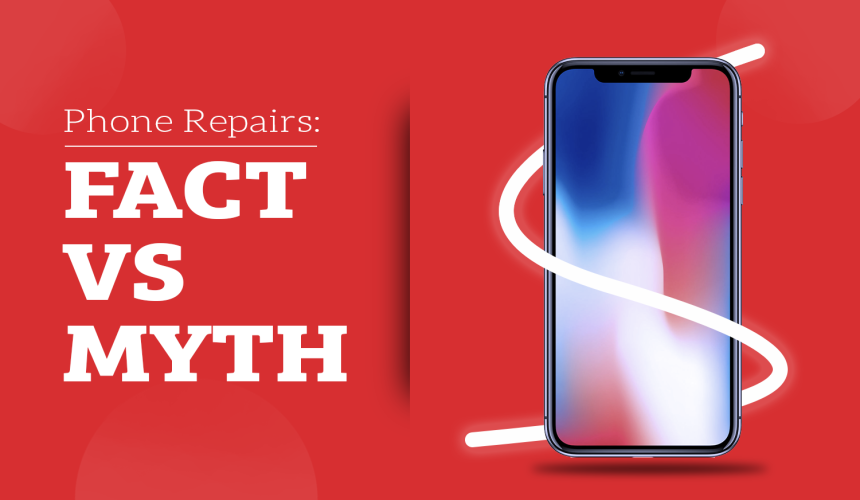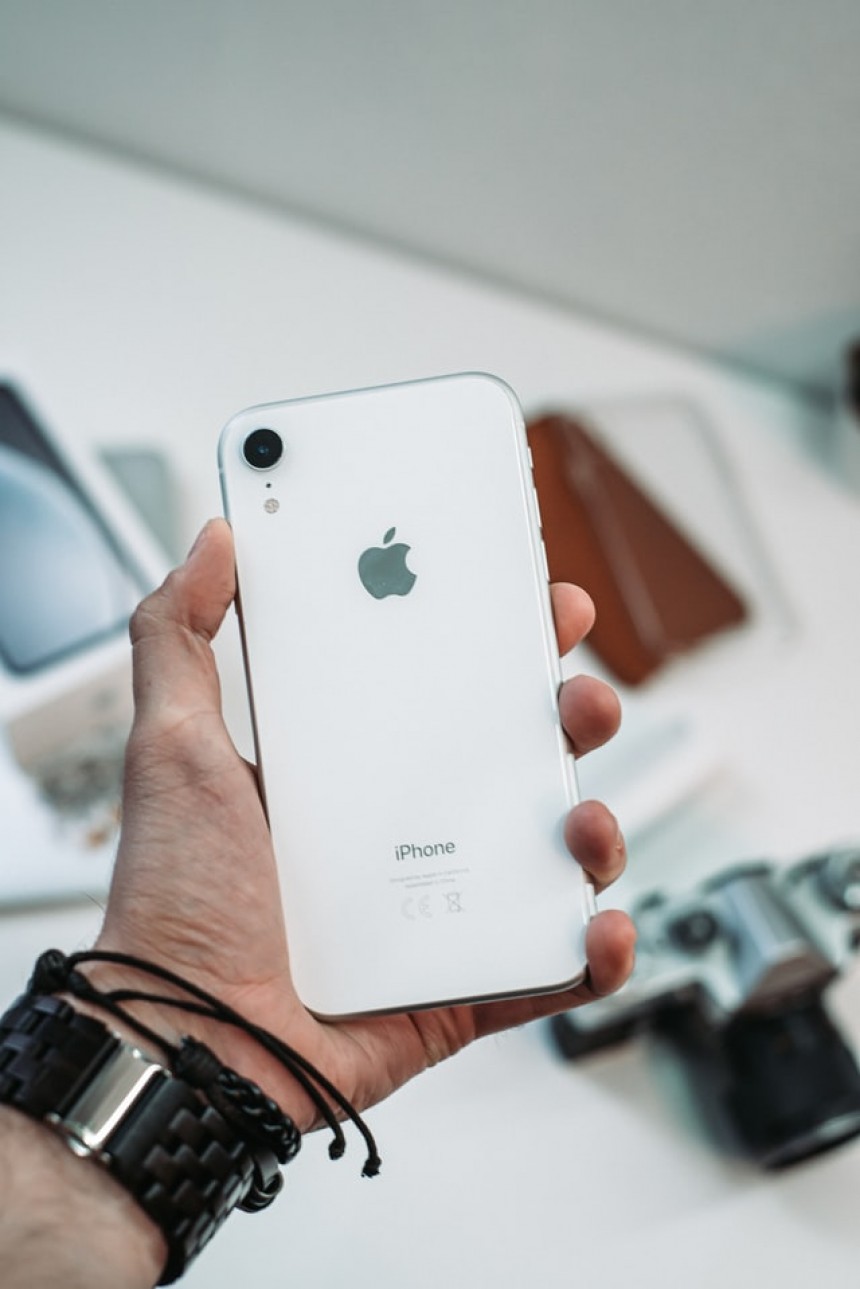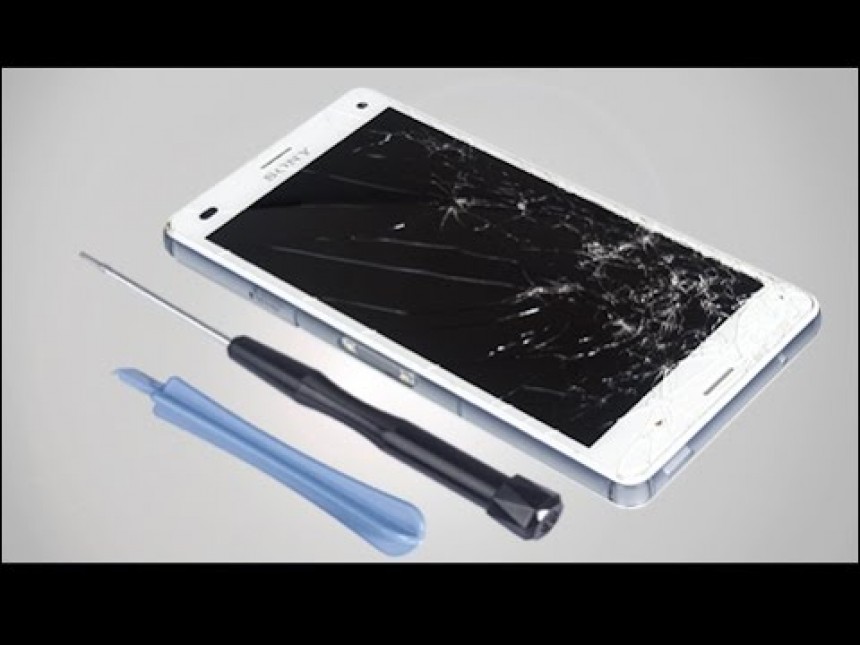How To Reset iPad?
Resetting your iPad can be a useful solution when your device is misbehaving, freezing, or when you want to pass it on to someone else. There are different methods to reset your iPad, depending on your specific needs. In this comprehensive guide, we will explore the various ways to reset your iPad, including soft reset, force restart, and factory reset. We will also discuss the importance of backing up your data before resetting and recommend a tool to keep your iPad data safe. Let's dive in!
Why Reset Your iPad?
Before we delve into the different methods of resetting your iPad, let's understand the situations that might call for a reset. Here are four common scenarios where resetting your iPad can be beneficial:
iPad behaves strangely: If your iPad is running slower than usual, apps are freezing, or you're experiencing trouble loading certain programs, a soft reset might help resolve these issues.
Unresponsive iPad: If your iPad is not responding to your taps or the screen is frozen, a force restart can be performed to bring your device back to life.
Completely unresponsive iPad: In rare cases where your iPad is turned off and remains unresponsive to soft reset or force restart attempts, a factory reset can be the last resort to fix the problem.
Preparing for a transfer: If you're planning to sell or give away your iPad, it's essential to erase all the data and settings to protect your privacy. A factory reset is the recommended method in such cases.
Soft Reset: Fixing Misbehavior
A soft reset is a simple and safe way to troubleshoot common issues without losing any data or settings. This method is effective when your iPad is still responsive. Here's how to perform a soft reset on your iPad:
- Press and hold the Power button until a slider appears on the screen. On older iPad models, the slider may appear on the side of the screen.
- Swipe the slider to the right to power off your iPad.
- Once your iPad is powered off, hold the Power button again until the Apple logo appears on the screen.
- Your iPad will now restart, and you can resume using it as usual.
A soft reset can help resolve minor glitches and improve the overall performance of your iPad.
Also check: How To Reset NVRAM, PRAM, and SMC on Your Mac? Troubleshooting Guide
Force Restart: Dealing with Unresponsive iPad
If your iPad is not responding to your taps or the screen is frozen, a force restart is the next step to try. The process of force restarting differs depending on whether your iPad has a Home button or not. Let's look at both scenarios:
Force Restart on iPads with Home Button:
- Press and hold both the Power button and the Home button simultaneously.
- Continue holding the buttons until you see the Apple logo appear on the screen.
- Release the buttons, and your iPad will restart.
Force Restart on iPads without Home Button:
- Press and release the Volume Up button.
- Press and release the Volume Down button.
- Press and hold the Power button until your iPad restarts.
Performing a force restart can help resolve software-related issues and bring your unresponsive iPad back to life.
Factory Reset: Starting Fresh
In some cases, when none of the previous methods work or when you want to erase all the data and settings on your iPad, a factory reset is necessary. It's important to note that performing a factory reset will delete all your data, so make sure to back up your important files before proceeding. Here's how to factory reset your iPad:
- On your iPad, go to Settings and tap on General.
- Scroll down and select the Reset option.
- Choose Erase All Content and Settings.
- Enter your passcode to confirm the reset. If you've forgotten your passcode, follow the steps to reset iPad without a password (discussed later in this guide).
- Enter your Apple ID password to remove the device from your account.
- Wait for the reset process to complete, and your iPad will be restored to its factory settings.
Performing a factory reset is a drastic step but can be necessary to fix persistent issues or prepare your iPad for a new owner.
Backing Up Your iPad: Don't Lose Your Data
Before resetting your iPad, it's crucial to back up your data to ensure you don't lose any valuable information. There are different methods to backup your iPad, including using iTunes/Finder or iCloud. Let's explore both options:
Backing Up with iTunes/Finder:
- Connect your iPad to your computer using a USB cable.
- Open iTunes on macOS 10.14 and earlier, or Finder on macOS 10.15 and later.
- Follow the onscreen instructions to confirm that you trust the computer.
- Click on your device name in iTunes or Finder.
- Choose to encrypt your backup if you want to include Health and Activity data.
- Click Back Up Now to start the backup process.
Backing Up with iCloud:
- Ensure that your iPad is connected to a Wi-Fi network.
- Open Settings on your iPad and tap on your Apple ID at the top of the screen.
- Select iCloud and then iCloud Backup.
- Tap Back Up Now to initiate the backup.
It's important to note that iCloud backups come with limited storage (5 GB for free), so it's essential to monitor your storage and consider upgrading if needed.
Check Out: Why is my phone battery draining fast?
Resetting iPad Without a Passcode
If you've forgotten your passcode and can't access your iPad, don't worry. You can still perform a reset by using the Recovery Mode. Here's how:
- Press and hold the Power button and the Home button simultaneously (or the Power button and either Volume button for iPads without a Home button).
- Keep holding the buttons until the Recovery Mode screen appears on your computer.
- Locate your connected device in iTunes/Finder and click Restore.
- Wait for the restoration process to complete, and your iPad will be reset without a passcode.
Please note that resetting your iPad without a passcode will erase all data on the device, so it's crucial to have a backup if you want to restore your data afterward.
Resetting your iPad can be a powerful troubleshooting tool and a necessary step when transferring ownership. Whether you choose a soft reset, force restart, or factory reset, it's essential to understand the specific scenarios where each method is appropriate. Remember to back up your data before resetting and consider using tools like AnyTrans for a seamless and comprehensive backup experience. By following the steps outlined in this guide, you can ensure the smooth operation of your iPad and protect your valuable data.
FAQ
1. How do you hard reset an iPad?
To perform a hard reset on an iPad, press and hold the Power button and the Home button (or the Volume Up button for newer iPads without a Home button) simultaneously for about 10 seconds. Release the buttons when you see the Apple logo.
2. How do I factory reset my iPad without a passcode?
Unfortunately, you can't factory reset an iPad without the passcode unless you have access to the Apple ID and password associated with the device.
3. How do I completely wipe and reset my iPad?
To completely wipe and reset your iPad, go to "Settings" > "General" > "Reset" > "Erase All Content and Settings." You will need to enter your passcode or Apple ID credentials to proceed.
4. Can I lock my stolen iPad?
If your iPad is stolen, you can use the "Find My" feature to remotely lock it and protect your data. Report the theft to the police as well.
5. Will resetting my iPad delete my apps?
Yes, a factory reset will remove all apps, but you can reinstall them afterward.
6. How long does a factory reset take?
The duration varies, but it may take 15-30 minutes to complete.





